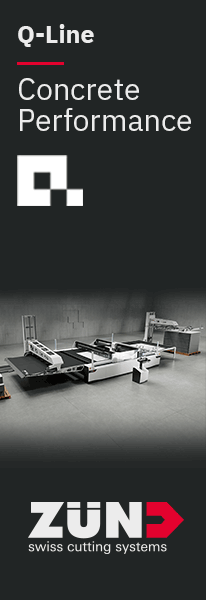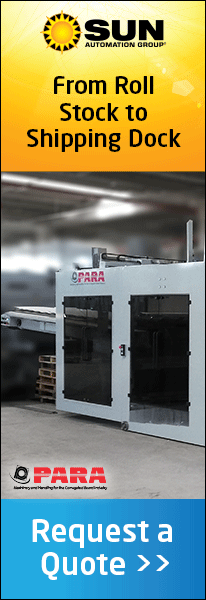FEFCO confirms the new cradle-to-grave carbon impact of corrugated packaging at 538kg CO2 equivalents per tonne of product. The carbon footprint covers the cradle-to-grave carbon impact of corrugated packaging, taking account of fossil and biogenic greenhouse gas emissions and removals and emissions from direct land use change.
The data for production of paper & board and conversion into corrugated boxes was sourced from the 2018 European Database for Corrugated Board Life Cycle Studies, organised by FEFCO (European Federation of Corrugated Board Manufacturers) and CCB (Cepi ContainerBoard). The 2018 result reflects significant improvements to the methodology and it is not appropriate to compare it with figures from previous years. However, if the 2018 carbon impact is calculated using the methodology applied earlier, then the result would show an 11% improvement for 2018 compared to 2015.
Corrugated board packaging has two unique positive attributes. It is based on a renewable raw material, using as a starting point the capacity of forests to capture CO2. By recycling the used packaging into new paper & board, it delays this CO2 from returning to the atmosphere.



